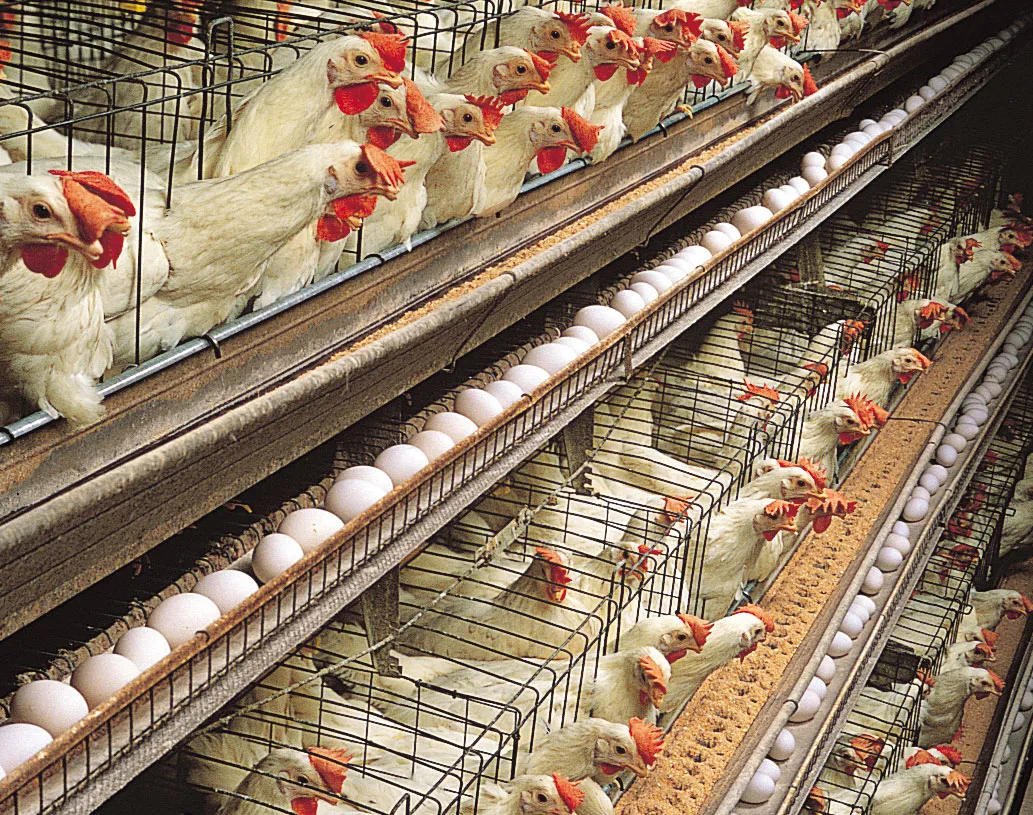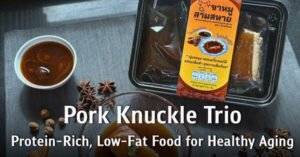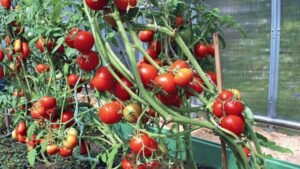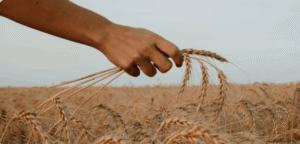Wednesday, 15 October 2025
Strict biosecurity measures in place on chicken farm in New Zealand
There had been no reports of other ill or dead birds on other poultry farms, and there were no human health or food safety concerns Biosecurity New Zealand has placed…

There had been no reports of other ill or dead birds on other poultry farms, and there were no human health or food safety concerns
Biosecurity New Zealand has placed strict movement controls on a commercial rural Otago egg farm, after testing confirmed a high pathogenic strain of avian influenza in chickens that has likely developed from interactions with local waterfowl and wild birds.
“Tests from the Mainland Poultry managed farm have identified a high pathogenic H7N6 subtype of avian influenza. While it is not the H5N1 type circulating among wildlife around the world that has caused concern, we are taking the find seriously,” says Stuart Anderson, Biosecurity New Zealand deputy director-general.
“Our testing shows it is unrelated to an H7 strain that was identified in Australia earlier this year, and we believe this case may have happened as part of a spillover event, where laying hens who were foraging outside of the shed were exposed to a low pathogenic virus from wild waterfowl.
“Low pathogenic viruses are present in wild birds here, especially waterfowl like ducks, geese, and swans, and the virus can mutate on interaction with chickens.
“It is important to note that the strain found on this farm is not a wildlife-adapted strain like H5N1, so we believe it is unlikely to be transmitted to mammals.”
There had been no reports of other ill or dead birds on other poultry farms, and there were no human health or food safety concerns. It is safe to consume thoroughly cooked egg and poultry products.
Anderson says quick action had been taken in cooperation with Mainland Poultry and a restricted place notice was issued.
“Test results late last night confirmed the strain, but we already had restrictions in place and expert biosecurity staff on site, with more arriving today. Mainland Poultry took the right steps by reporting ill birds in one shed on the property and locking that building down as testing continued.
“We will move quickly, with Mainland Poultry, to depopulate birds on the remote property, and we’ve placed a 10-kilometre buffer zone around it alongside the restrictions preventing movement of animals, equipment, and feed.
“We aim to stamp this out as we did with the infectious bursal viral disease that affected chickens in 2019,” Anderson says.
Technology
Chulalongkorn University students reimagine Thai classic with health-conscious Pork Knuckle Trio
Oct 15, 2025 | Academic
Norwegian model leads way in sustainable seafood and zero-waste innovation
Oct 14, 2025 | Europe
XCoffee introduces AI-powered smart robotic beverage
Oct 14, 2025 | Beverages
Food Testing
South Australia now tomato virus free
Oct 13, 2025 | Australia
Inside Agilent’s Strategy to Make India Global Benchmark in Food Testing
Oct 10, 2025 | Food Safety and Testing
Arya.ag wins SmartAG Award 2025 for climate-resilient farming solutions
Oct 01, 2025 | Awards
More Popular
LT Foods acquires Hungary based Global Green Europe Kft
Oct 15, 2025 | Company News
Caraway Tea Company launches Infusion Technology, merging tea and supplements for enhanced wellness
Oct 15, 2025 | Beverages
Penelope Bourbon unveils Apple Cinnamon Old Fashioned cocktail
Oct 15, 2025 | Beverages






